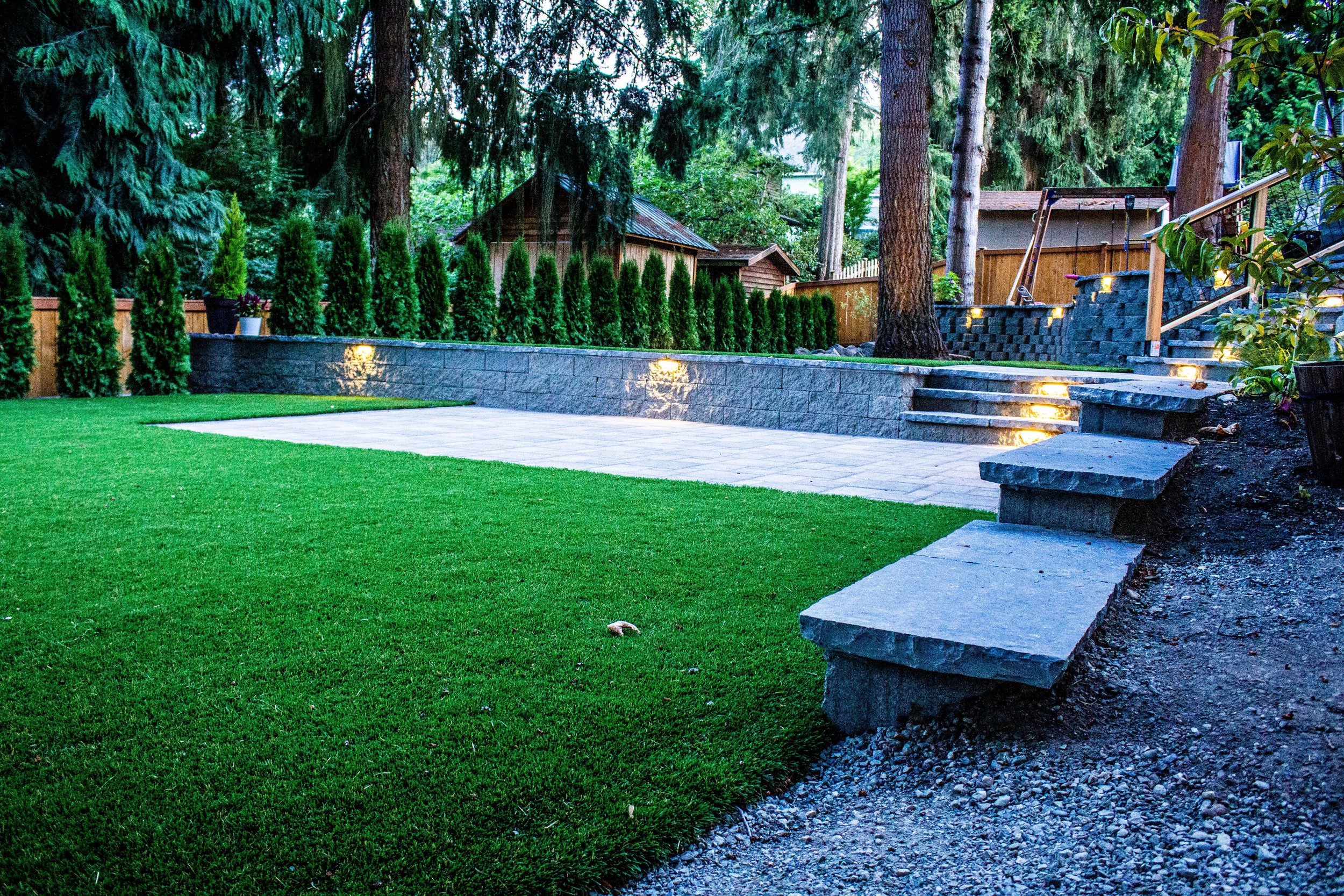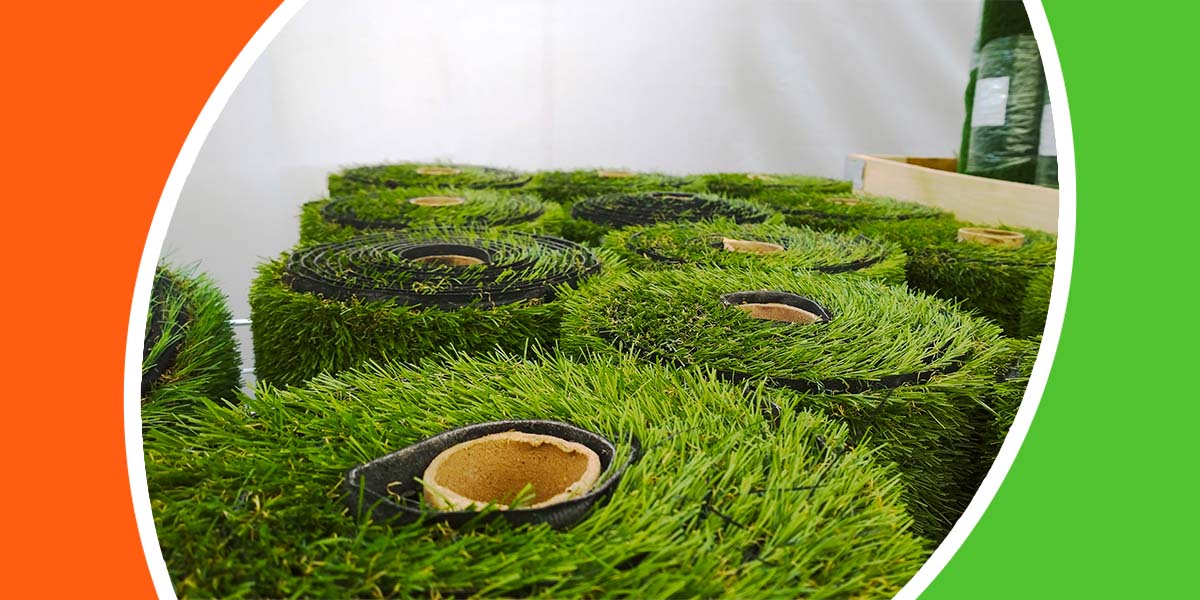High-Quality Arizona Turf Installation Solutions for Homes and Businesses
High-Quality Arizona Turf Installation Solutions for Homes and Businesses
Blog Article
Explore the Environmental Perks of Opting for Synthetic Grass Solutions
The adoption of artificial turf solutions presents an engaging chance to deal with pressing ecological difficulties. By considerably lowering water use and lessening the application of harmful chemicals, these alternatives not just advertise sustainable landscape design yet likewise safeguard local communities. The reduced carbon footprint associated with lowered maintenance tasks contributes to a more lasting method to land management. The effects of these advantages extend past plain conservation initiatives, raising concerns concerning their long-lasting influence on habitat preservation and total ecological equilibrium. Discovering these dimensions exposes an intricate interplay worth taking into consideration.
Water Conservation Conveniences
Among one of the most significant advantages of synthetic grass is its capability to save water. Standard yard yards call for significant watering, specifically in locations vulnerable to dry spell or water limitations. On the other hand, synthetic grass does not need watering, substantially minimizing the overall need for water resources. This feature is particularly helpful in deserts where water shortage is a pressing concern.
By getting rid of the demand for regular watering, synthetic grass adds to lasting landscape techniques and helps alleviate the ecological impact of excessive water usage. The conservation of water expands to the decrease of runoff, which can lead to soil disintegration and waterway contamination.
Additionally, the setup of synthetic grass permits municipalities and house owners to designate water resources more efficiently, focusing on crucial usages such as alcohol consumption water and farming. The change in the direction of man-made grass not just promotes responsible water usage but also aligns with broader environmental objectives focused on protecting natural deposits.
As communities progressively prioritize sustainability, the water conservation benefits of man-made turf present an engaging case for its adoption in domestic and industrial landscape design projects.
Minimized Chemical Usage
The transition to synthetic turf dramatically lowers the dependence on chemical treatments generally utilized in natural grass maintenance. Typical grass management typically entails the application of fertilizers, herbicides, and pesticides to promote development and control insects. These chemicals can position threats to human health and wellness, neighborhood wildlife, and the setting, adding to dirt and water contamination.
In contrast, artificial grass eliminates the requirement for these hazardous compounds. Once mounted, it requires very little maintenance, mainly containing regular cleansing and infrequent infill replenishment. This reduction in chemical use not only benefits the instant setting however also adds to wider environmental stability. By minimizing the launch of synthetic substances right into the community, fabricated grass advertises much healthier soil and water systems.
Moreover, the absence of chemical runoff related to man-made turf installments assists shield neighborhood rivers from air pollution, sustaining marine life and keeping biodiversity. Turf installation phoenix az. As communities increasingly prioritize lasting techniques, going with synthetic grass provides a feasible option that lines up with environmental conservation objectives. Via this change, property proprietors can enjoy lush eco-friendly areas without endangering eco-friendly health, leading the way for an extra lasting future
Reduced Carbon Footprint

Moreover, the installation of man-made turf can lead to significant water preservation. All-natural yards require substantial amounts of water for irrigation, which not just includes in the carbon impact connected with water extraction and treatment yet likewise pressures local water sources. On the other hand, fabricated grass needs marginal upkeep, needing no watering, thereby substantially reducing water usage and its linked energy costs.
In addition, the long life of artificial lawn adds to its reduced carbon impact. With a life expectancy of approximately 15 years or more, the requirement for regular replacements is reduced, causing much less waste and reduced energy usage in manufacturing and dealing with standard lawn choices. On the whole, synthetic grass offers a lasting option for environmentally mindful landscaping.
Habitat Preservation
Habitat conservation is a crucial consideration in the dispute over landscape design options, especially when comparing artificial lawn to natural turf. Natural yard lawns typically require comprehensive maintenance, consisting of making use of try this plant foods, herbicides, and pesticides, which can detrimentally affect regional environments. These chemicals can leach into the dirt and rivers, hurting native flora and animals and interrupting local environments.
Artificial grass gets rid of the requirement for harmful chemicals, thus shielding nearby wildlife and maintaining the honesty of bordering ecosystems. The installation of synthetic lawn can lead to the conversion of previous yard locations right into more biodiverse landscapes, such as pollinator gardens or native plant locations, which can sustain regional wildlife.
Ultimately, the shift to synthetic grass not only conserves water and decreases maintenance initiatives yet additionally fosters an extra unified partnership in between human tasks and the native environment, advertising environment preservation while doing so.
Long-Term Sustainability
Long-term sustainability is a vital consider examining the advantages of synthetic grass over conventional grass yards. One of one of the most considerable benefits of synthetic grass is its sturdiness; it can last up to 15-20 years with marginal maintenance, whereas all-natural lawn requires constant reseeding and replacement. This long recommended you read life minimizes the need for consistent resources, such as water, fertilizers, and chemicals, which are important for keeping a healthy grass yard.
Additionally, synthetic grass adds to a reduction in carbon exhausts related to grass care devices. Traditional yards frequently need gas-powered lawn mowers, trimmers, and blowers, all of which add to air contamination. Phoenix turf companies. On the other hand, synthetic grass removes the need for such devices, advertising a cleaner setting
Moreover, the production of synthetic grass significantly utilizes recycled materials, improving its sustainability profile. As suppliers take on environment-friendly techniques, the ecological impact of synthetic grass continues to reduce.

Conclusion
The adoption of artificial turf solutions presents significant environmental advantages, consisting of substantial water preservation, lowered dependence on unsafe chemicals, and a reduced carbon footprint. Additionally, synthetic lawn aids in maintaining all-natural environments by lessening you could try these out land disturbance and promoting long-term sustainability via making use of sturdy products. Jointly, these aspects highlight the potential of synthetic grass to contribute favorably to environmental health and supply a feasible alternative to traditional landscape design practices in an increasingly resource-conscious globe.
In contrast, fabricated grass does not require watering, substantially decreasing the total demand for water sources. By reducing the launch of synthetic compounds into the community, artificial grass promotes healthier dirt and water systems.
Additionally, the installation of fabricated grass can result in substantial water preservation. In contrast, fabricated grass requires very little upkeep, needing no watering, thereby considerably minimizing water use and its linked power expenses.

Report this page